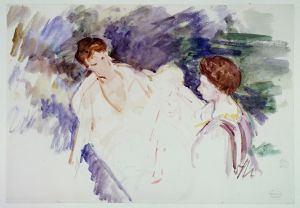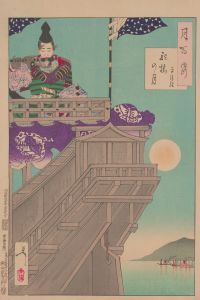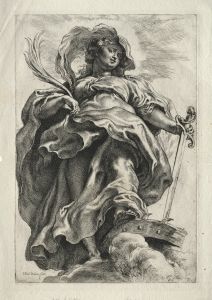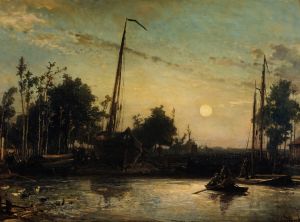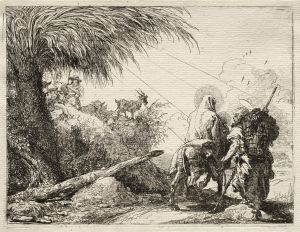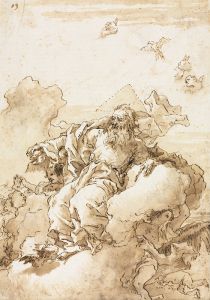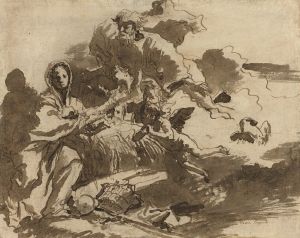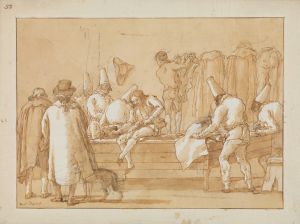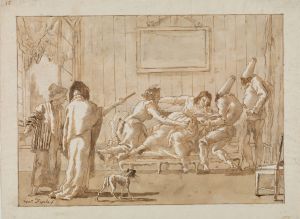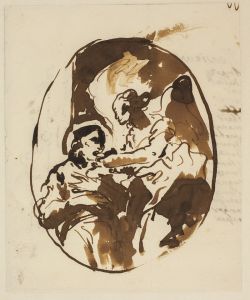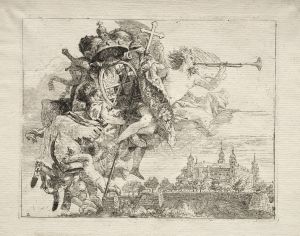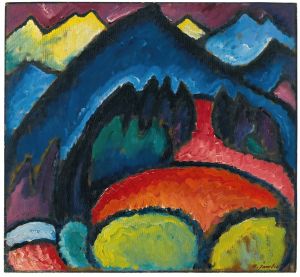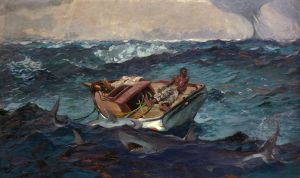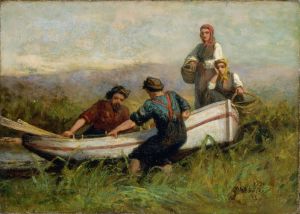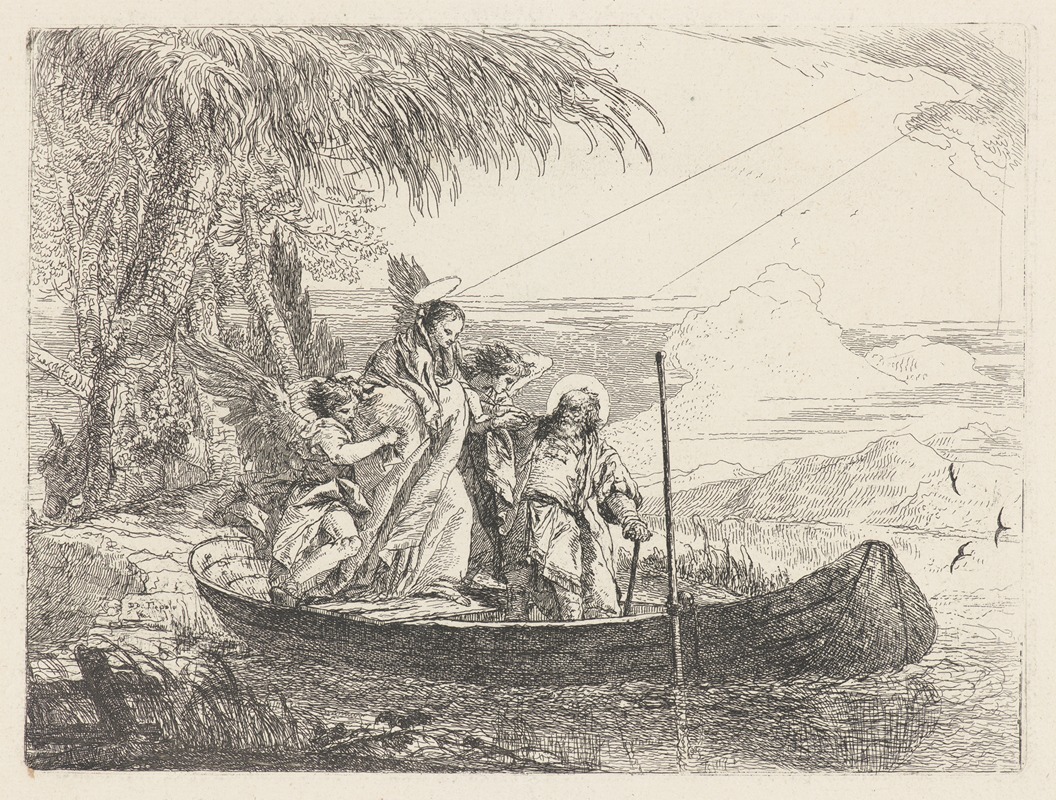
The Madonna, Child and Angels Entering the Boat
A hand-painted replica of Giovanni Domenico Tiepolo’s masterpiece The Madonna, Child and Angels Entering the Boat, meticulously crafted by professional artists to capture the true essence of the original. Each piece is created with museum-quality canvas and rare mineral pigments, carefully painted by experienced artists with delicate brushstrokes and rich, layered colors to perfectly recreate the texture of the original artwork. Unlike machine-printed reproductions, this hand-painted version brings the painting to life, infused with the artist’s emotions and skill in every stroke. Whether for personal collection or home decoration, it instantly elevates the artistic atmosphere of any space.
Giovanni Domenico Tiepolo, an Italian painter and printmaker, was a prominent figure in the 18th-century Venetian art scene. He was the son of the renowned artist Giovanni Battista Tiepolo and followed in his father's footsteps, contributing significantly to the Rococo movement. One of his works, "The Madonna, Child and Angels Entering the Boat," exemplifies his artistic style and thematic preferences.
"The Madonna, Child and Angels Entering the Boat" is a painting that reflects Tiepolo's mastery in combining religious themes with a sense of movement and drama. Although specific details about this particular painting are scarce, it is consistent with Tiepolo's broader body of work, which often depicted religious and mythological subjects infused with a sense of liveliness and grace.
Tiepolo's work is characterized by his use of light, color, and composition to create dynamic and engaging scenes. In "The Madonna, Child and Angels Entering the Boat," one can expect to see these elements at play, with the figures likely portrayed in a harmonious and fluid arrangement. The depiction of the Madonna and Child is a common theme in Christian art, symbolizing purity, divinity, and maternal care. The inclusion of angels adds a celestial dimension, emphasizing the sacred nature of the scene.
Giovanni Domenico Tiepolo was known for his ability to convey emotion and narrative through his paintings. His works often feature a theatrical quality, with figures that appear to be in motion, interacting with one another in a way that draws the viewer into the scene. This approach can be seen in his frescoes and canvases, where he skillfully balances composition and detail to create a sense of depth and perspective.
The setting of a boat in "The Madonna, Child and Angels Entering the Boat" may suggest a journey or transition, a common motif in religious art symbolizing spiritual passage or divine intervention. Boats are often used in Christian iconography to represent the Church or the soul's journey through life, guided by divine forces. This thematic element would align with Tiepolo's interest in exploring spiritual and allegorical narratives.
Giovanni Domenico Tiepolo's artistic legacy is marked by his ability to blend traditional religious iconography with the stylistic innovations of the Rococo period. His works are celebrated for their elegance, technical skill, and the ability to evoke a sense of wonder and devotion. While specific information about "The Madonna, Child and Angels Entering the Boat" may be limited, the painting undoubtedly reflects Tiepolo's artistic vision and his contribution to the rich tapestry of 18th-century Venetian art.
Overall, Giovanni Domenico Tiepolo remains an important figure in art history, and his works continue to be studied and appreciated for their beauty and depth. His paintings, including "The Madonna, Child and Angels Entering the Boat," offer insight into the religious and cultural milieu of his time, as well as his personal artistic journey.





